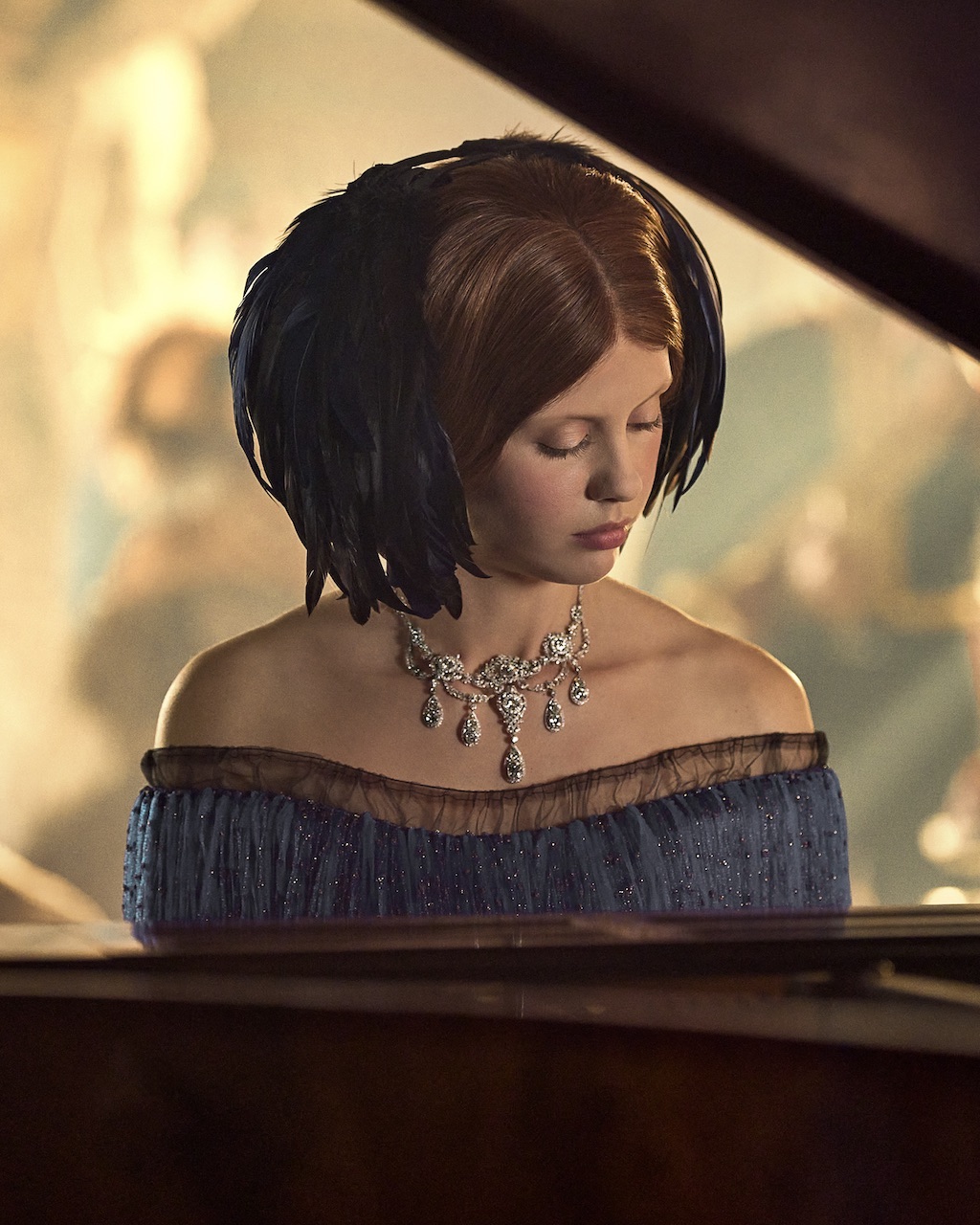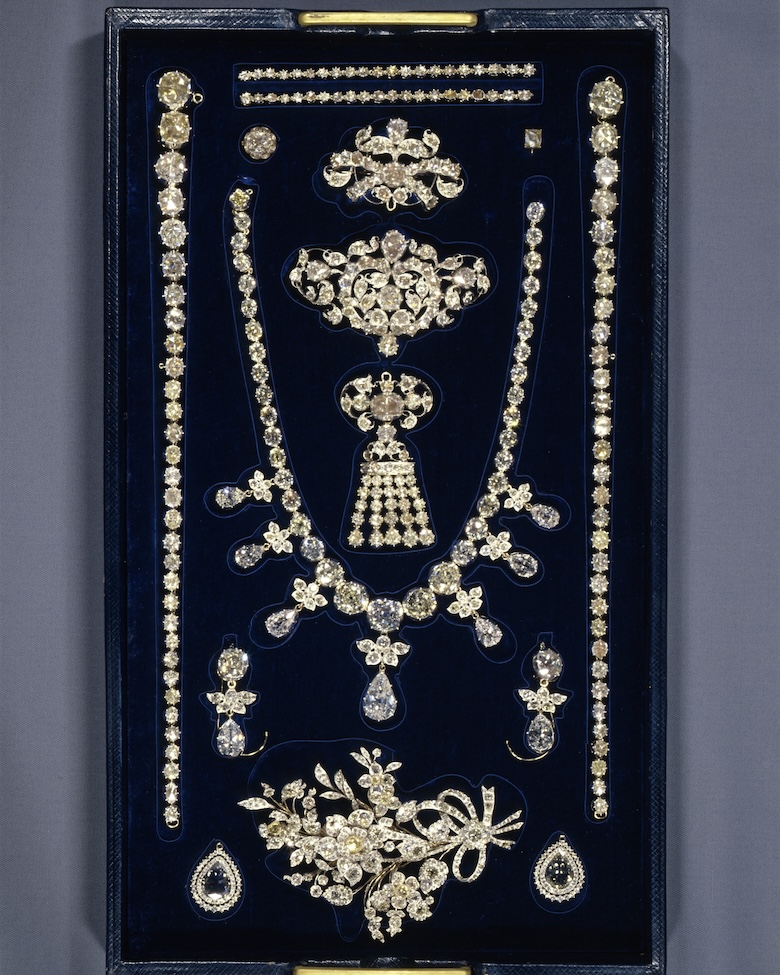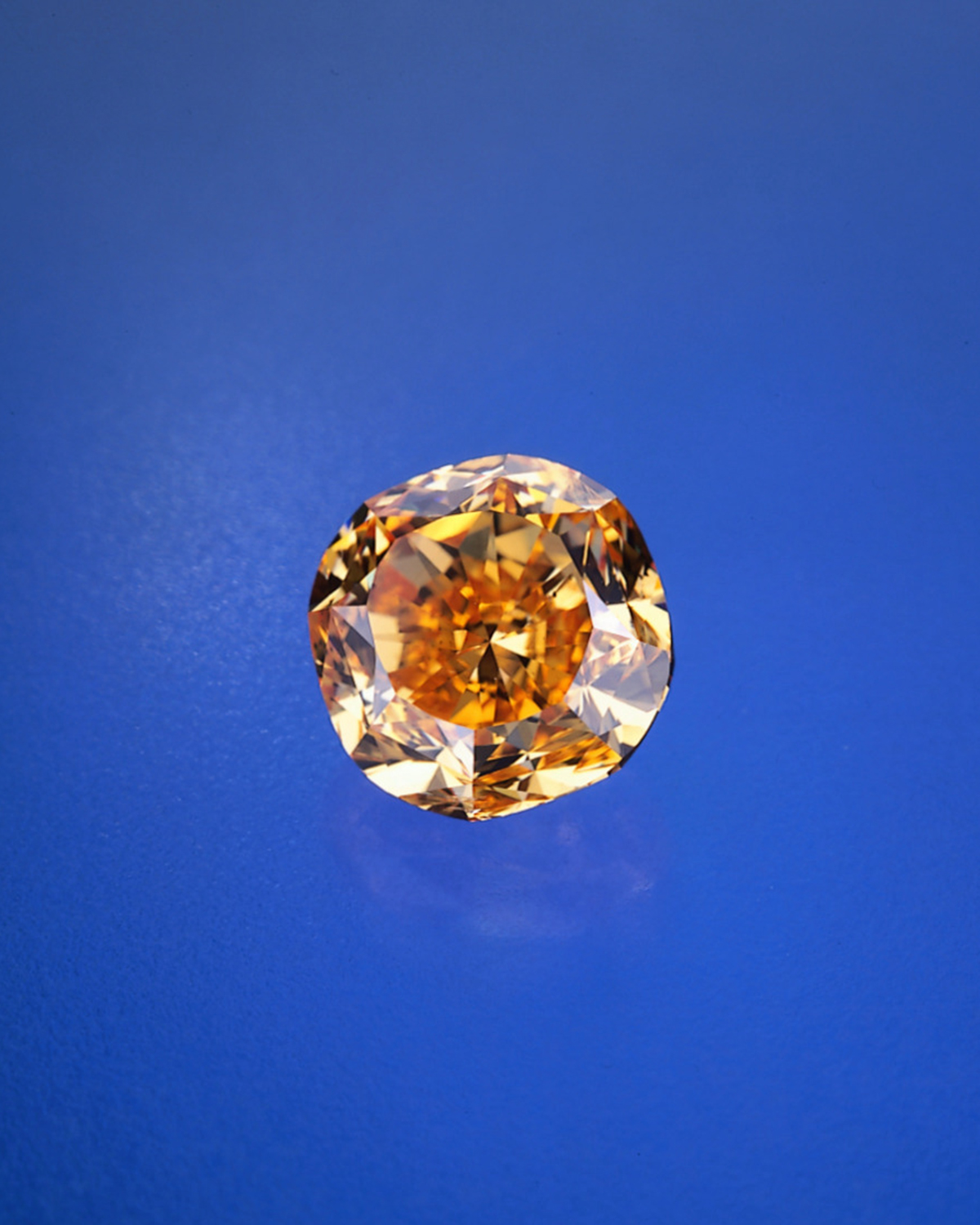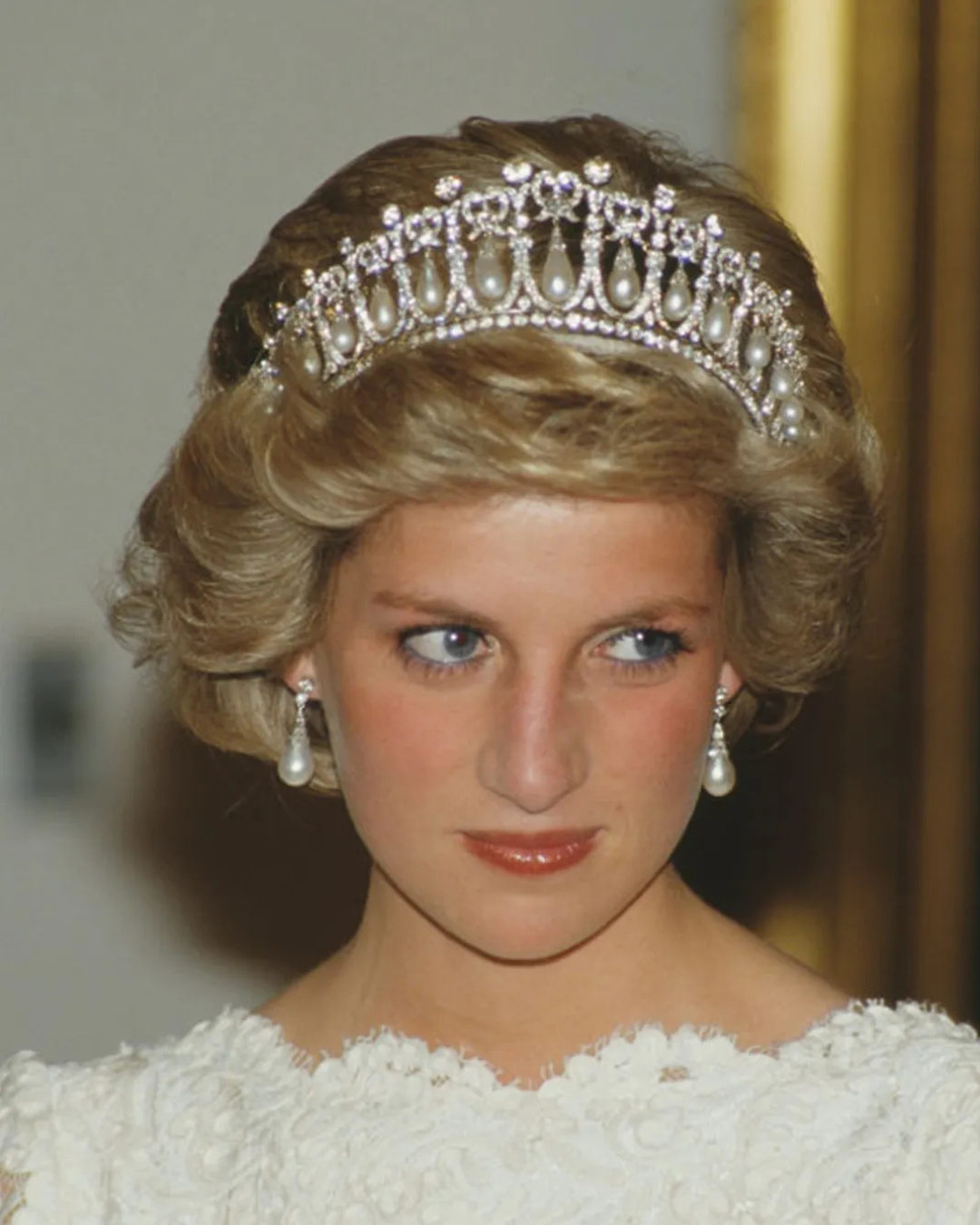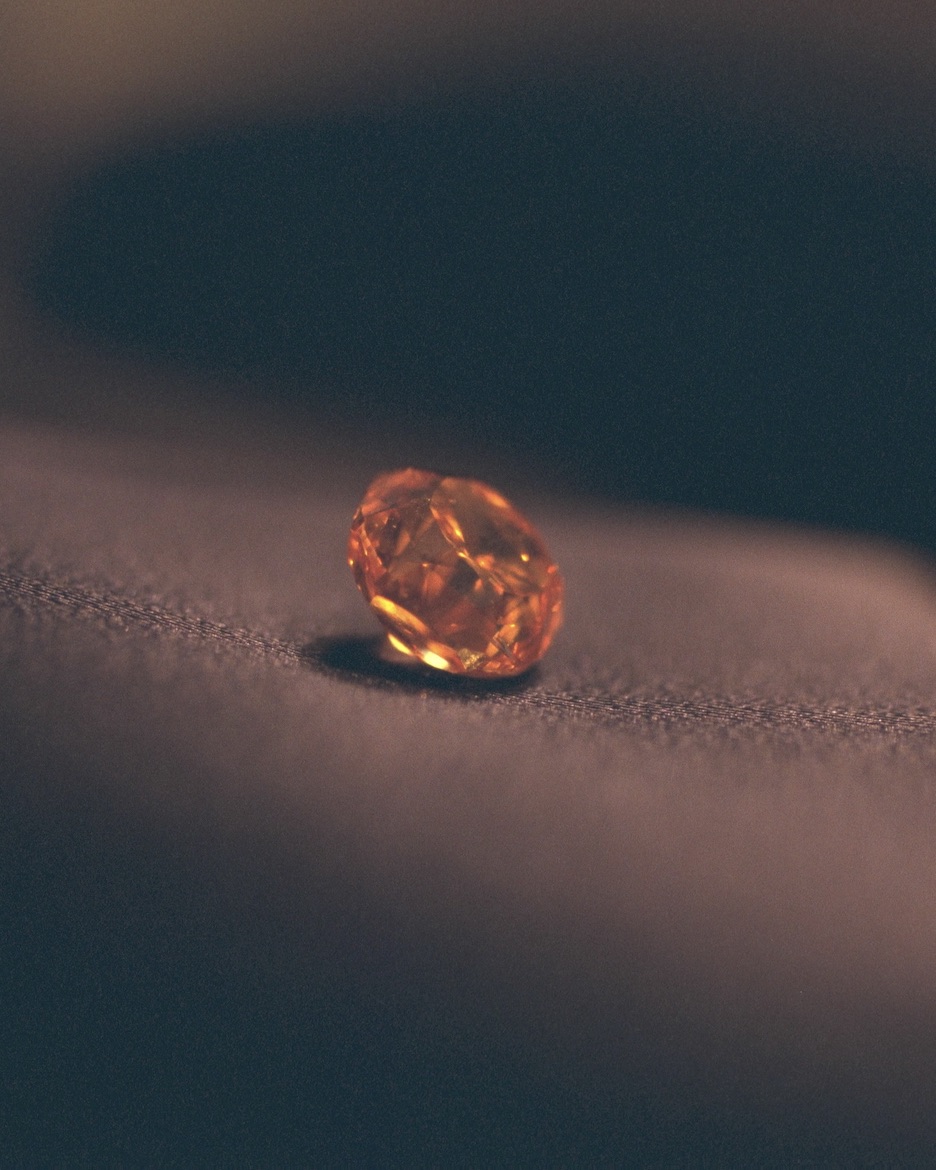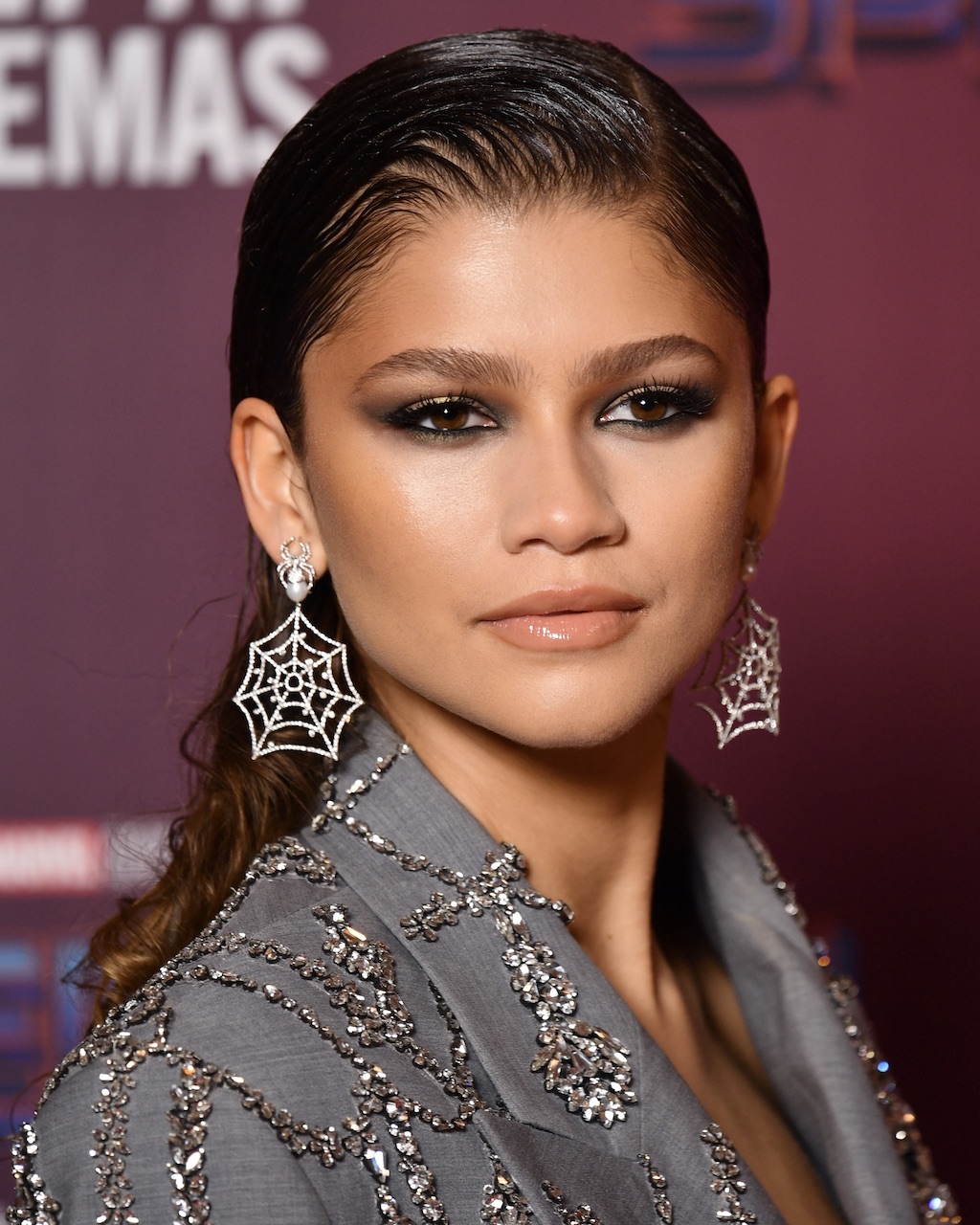Diwali, the Diamond-Studded History of the Festival of Lights
Natural diamonds are inextricably tied back to the tales and battles that led to the five-day grandeur of Diwali.
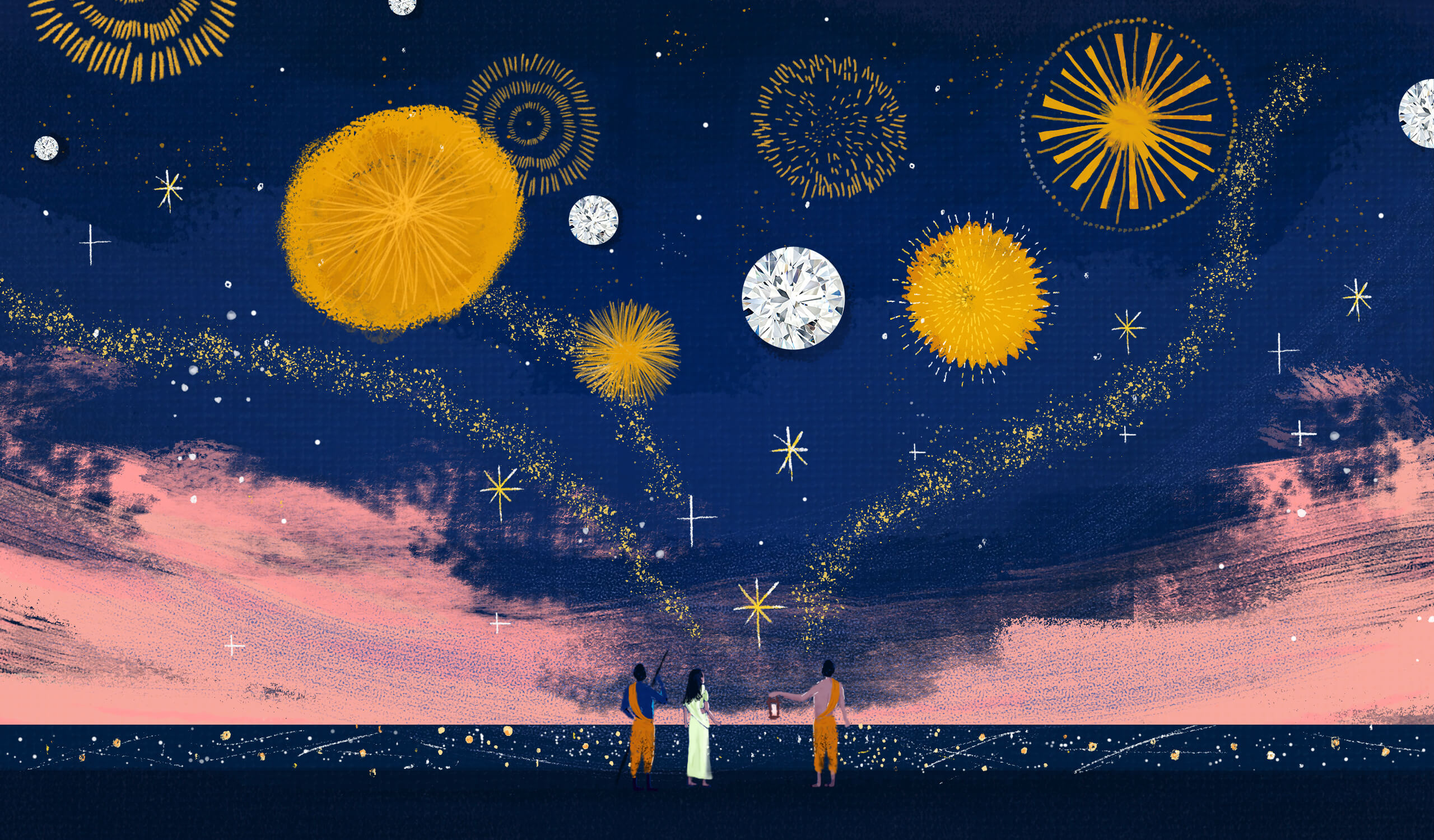
The spirit of an eager village of people and the bright light that broke into the darkest night sky of Amavasya guided Ram, Sita and Lakshman back to their kingdom of Ayodhya.
Diwali can rightfully be called the diamond of festivals—radiant with dazzle, brilliance, and the promise of renewal. Just as a natural diamond sparkles with unmatched light, so too does Diwali, making it no surprise that the two are so deeply intertwined. Both shine through centuries of culture and tradition, celebrations of glimmer and glitter that radiate love, purity, prosperity, and joy, illuminating not only the darkest night of Amavasya (the new moon, when the sky is at its darkest), but also our lives and our season of festivity.
Meet the Expert

- Kavita Kane is a bestselling Indian author best known for her mythological fiction, where she reimagines epics through the voices of overlooked women.
- A former journalist with over two decades of experience, she brings historical depth and lyrical storytelling to her novels and essays.
At the heart of Diwali lies the triumph of light itself, commemorating Lord Rama’s long-awaited return to Ayodhya, the ancient city believed to be his birthplace and kingdom. To welcome him home after fourteen years of exile, the people transformed the pitch-black night into a sea of radiance, lighting countless diyas in rows that stretched across the land. From this moment was born the title Festival of Lights—a celebration woven over five days of devotion and meaning: Dhanteras, Chhoti Diwali, Lakshmi Puja, Govardhan Puja, and Bhai Dooj, each carrying its own story of hope, abundance, and light.
Ahead, discover more about how Diwali and natural diamonds are interwined.
Natural Diamonds in the Legends of Diwali
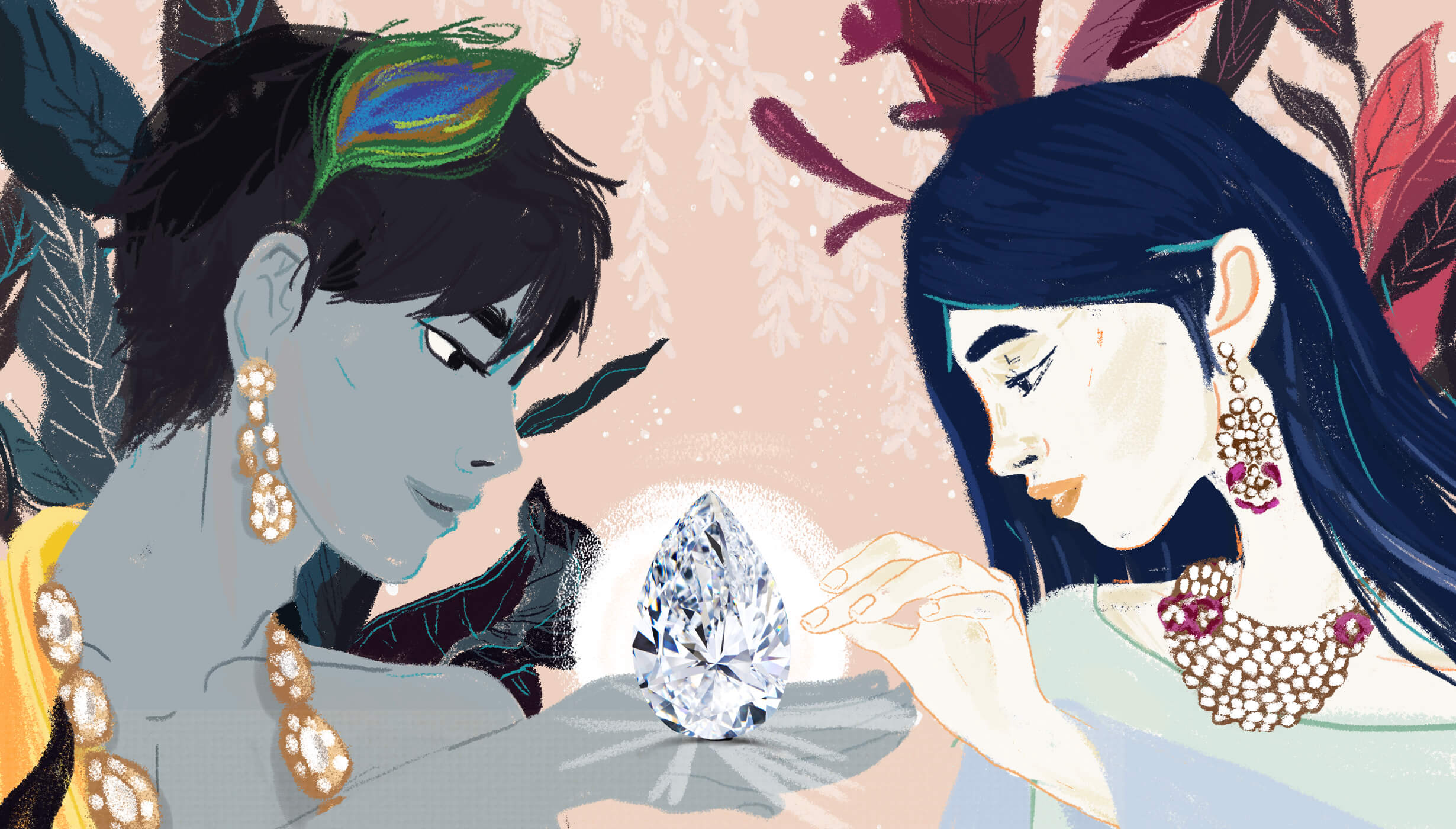
What makes natural diamonds so inextricably linked to Diwali? The connection stretches back to ancient mythology, beginning with the mysterious Symantaka diamond—a legendary gem described in the Puranas as one of the most dazzling and powerful jewels of all. Its story intertwines with that of Lord Krishna, one of Hinduism’s most beloved deities, and his consort Satyabhama.
According to legend, after a series of arduous battles, Krishna recovered the Symantaka diamond and returned it to its rightful owner, King Shatrajit. In gratitude, the king gave his daughter Satyabhama’s hand in marriage to Krishna. Yet their story with diamonds did not end there. Together, Krishna and Satyabhama faced the formidable demon Narakasura—a ruler who believed himself invincible and had terrorized the heavens. On the day now celebrated as Diwali, they defeated Narakasura in a dramatic battle, retrieving the stolen jewels and restoring peace.
Chhoti Diwali (Small Diwali): The Myth of Narakasura and the Triumph of Light
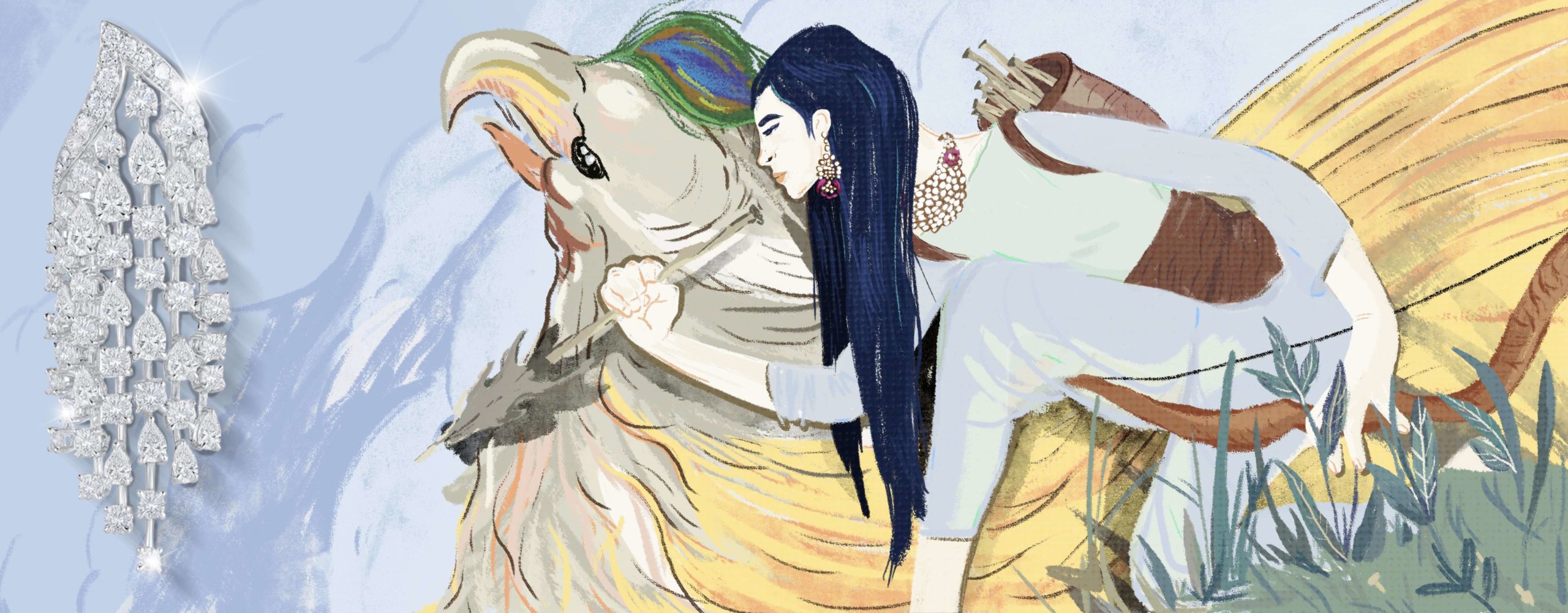
Chhoti Diwali, also known as Naraka Chaturdashi, is the second day of the five-day Diwali festival. It commemorates the dramatic defeat of the demon king Narakasura, a tale that symbolizes the eternal triumph of good over evil and love over greed.
According to legend, Narakasura believed himself invincible after receiving a boon from Lord Brahma (the creator god) that he could only be slain by his mother, Bhumidevi, the goddess of the Earth. Emboldened by this protection, he terrorized the three worlds, defeating Indra—the king of the gods—and plundering Devlok, the celestial realm. Among his spoils were the heavenly diamond earrings of Goddess Aditi, revered as the mother of the deities, whose jewels glowed with divine brilliance even in the darkest night.
Besides the victory of good over evil, this story illuminates the strength of love through something as rare and beautiful as a real diamond: the perfect partnership.
In desperation, Aditi turned to Satyabhama, the courageous wife of Lord Krishna. Mounted on an eagle and armed with her bow, Satyabhama led the charge against Narakasura, while Krishna, knowing she was an avatar of Bhumidevi herself, acted as her charioteer. Together, the divine couple vanquished the demon in a fierce battle, reclaiming Aditi’s diamond earrings and freeing the captive princesses Narakasura had imprisoned.
Chhoti Diwali thus celebrates not only the victory of light over darkness but also the strength of partnership, courage, and love—shining as brightly as the diamonds that sparkle at the heart of the tale.
Diwali Rituals: Honoring Love, Light, and Prosperity
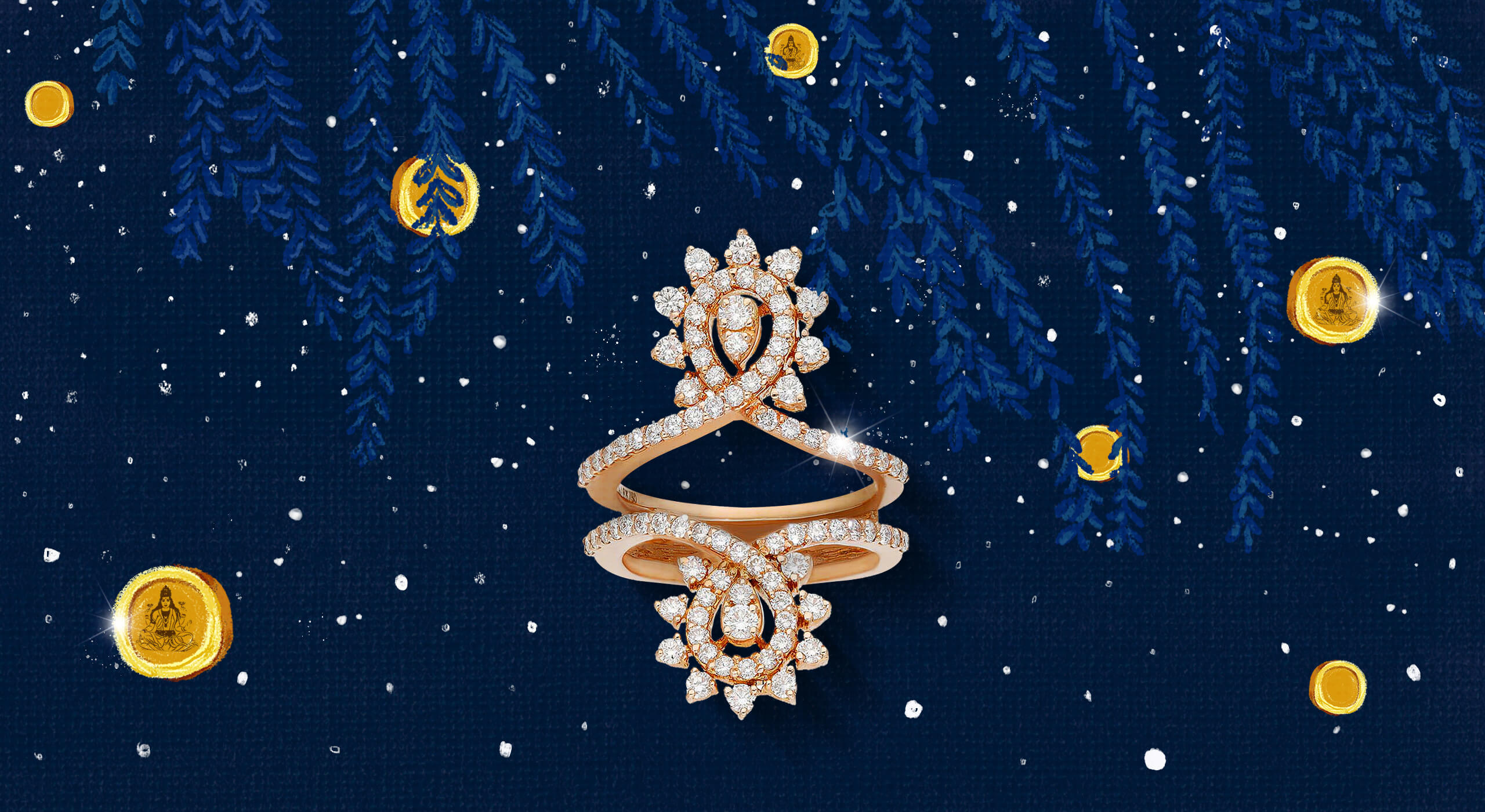
Diamonds have long symbolized beauty, grace, purity, and strength, and their brilliance continues to reflect the spirit of Diwali today.
The five-day Festival of Lights begins with Dhanteras, the thirteenth lunar day of the Hindu month of Kartik. The word dhan means wealth and teras means thirteen. On this day, families light rows of diyas—small clay oil lamps—to dispel the darkness of Amavasya, the new moon night when the sky is at its darkest. This act is believed to purify the home, banish negative forces, and mark the sacred beginning of Diwali. Prayers are also offered to Goddess Lakshmi, revered as the goddess of wealth, prosperity, and good fortune.
For centuries, it has been customary to buy gold on Dhanteras, an investment thought to bring blessings for the year ahead. Today, the ritual has expanded to include gifting gold and diamond jewelry, tokens of love meant to invite prosperity and protect against misfortune.
Today, the ritual has evolved to include gifting gold and diamond jewellery as a token of love to those closest to you. The tradition has been followed not only to welcome prosperity and joy to one’s life but also as a way to fend off bad omens and negativity.
Each of the five days of Diwali holds its own meaning:
Dhanteras: A day to welcome Lakshmi with light and wealth, often by buying precious metals or jewels.
Chhoti Diwali (Naraka Chaturdashi): A commemoration of Lord Krishna and Satyabhama’s victory over the demon Narakasura, symbolizing the triumph of good over evil.
Lakshmi Puja: The main night of Diwali, when homes are filled with lights and prayers to Lakshmi for abundance and blessings.
Govardhan Puja: Celebrating Lord Krishna’s protection of his devotees by lifting Mount Govardhan, a reminder of faith and divine shelter.
Bhai Dooj: A day honoring the bond between brothers and sisters, marked with rituals, blessings, and the exchange of gifts.
Across these five days, light, jewels, and devotion come together. Just as diamonds catch and reflect the glow of every flame, they mirror the hope and joy that Diwali brings. For thousands of years, diamonds have symbolized enduring love and the triumph of light over darkness, making them timeless emblems of the festival’s meaning.

